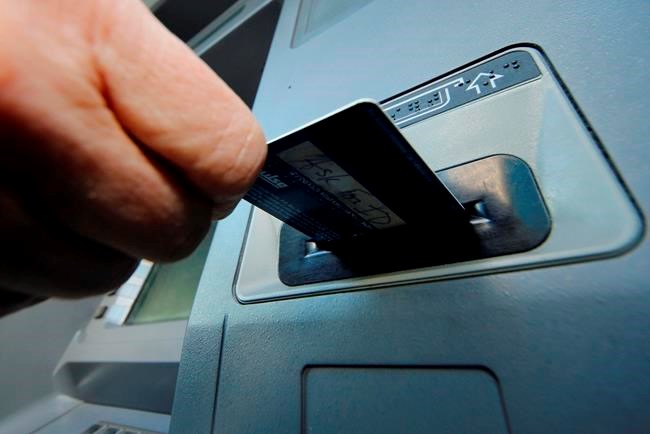When Monica Booth was forced to flee the massive Fort McMurray wildfire in 2016, she realized how quickly a disaster can unfold.
The evacuation was traumatizing and stressful, and the events left 36-year-old Booth thinking about what if a natural disaster, or another huge emergency, happened again. She started building a six-month emergency fund as a result.
“The truth is, I haven't felt completely secure or certain since then, but building an emergency fund of my own, independent of external programs and services, gave me a bit of that security back. I can breathe a little easier knowing that if the rug is pulled out from under us again, we'd have a way to make it through.”
Emergency funds can provide some peace of mind for those handling obstacles big and small that come up in life. They also ensure that you can maintain any progress you’re making on financial goals, even if that’s just making ends meet and getting paid on time, said Alyssa Davies, author of the new book Financial First Aid: Essential Tools for Confident, Secure Money Management, who lives in Calgary.
Davies recommends people think of emergency funds as “pre-planned spending” since most of us will face difficult financial situations at one time or another.
“It would be really unlikely for us to go through our entire life and never face a job loss or never face our car breaking down or a natural disaster, depending on where you live,” Davies said.
Davies has noticed, though, that many people with one lump sum emergency fund can be hesitant to use that money if an emergency does occur.
“They’re scared to spend that money and don’t know how to spend the money, because they don’t know what it’s actually for,” Davies said.
To help others and herself get over that hurdle, Davies began thinking about ways to compartmentalize funds so they could be better allocated to specific emergencies that could arise.
Davies, herself, has three emergency funds: one to protect herself in a relationship, one to protect her future, and one to protect her shelter.
While Davies is happily married, she’s aware that couples can and do grow apart. She has seen friends of her own need to leave domestic situations quickly.
As a preventative measure, she has one month’s worth of savings needed to cover any immediate need to get out of abad situation, and only she has access to that money.
The second emergency fund to protect her future is three to six months of emergency savings, and it’s meant to cover essential bills and other costs in the case of job loss, for example. This fund is most like a traditional emergency fund.
The last shelter fund is to cover the costs of owning a home.
“I feel like as soon as I bought a house I’ve been throwing money away left, right and centre fixing appliances or doing unexpected maintenance,” she said.
This fund has enough money to cover the costs of her largest appliance if it were to break down.
For those that rent instead of own, Davies said they might look to tenant’s insurance instead of creating a third fund, or if they want to forgo tenant’s insurance, they could keep some money in a shelter fund to provide financial support if they ever need to relocate, or if they experience theft or property damage.
It’s about compartmentalizing your emergency funds in a way that actually works for your lifestyle, Davies said.
The best place to keep these funds is a high-yield savings account that you can access quickly if the need arises, she added.
Saving for three separate emergency funds might feel overwhelming or downright impossible, but Davies said three to six months of savings – the typical emergency fund savings goal — can be spread across all three.
And, if you’re not able to come up with three – or even one – emergency fund, Davies recommends turning to your network for support in a financial emergency. While many might look to friends and family first, if they don’t have the resources to help, you can also research community or government resources that might be available.
Booth was able to receive financial support from the Red Cross and her insurance company so that she could evacuate to her parents’ home in Ontario. And thankfully, no one in her family was injured and her condo was mostly unaffected by the fire. But she says creating the emergency fund has been crucial for reducing stress and improving her mental health.
Booth’s been adding to her emergency fund by setting up an automatic transfer between her and her partner’s chequing to savings account each month. They created a budget so they could determine how much they could transfer into savings each month while still leaving room for incidentals in their main account.
“Since the wildfire, I’ve had a fear of being trapped, whether that’s physically stuck somewhere, or the trapped feeling you get when you want to make a change you can’t afford to. Or simply that uncertain feeling that comes with living in a region that can be volatile due to the nature of the oilsands industry,” Booth said.
“What would we do if we found ourselves out of a job tomorrow? Having that cushion means for me that we can weather the next storm.”
This report by The Canadian Press was first published May 17, 2022.
Leah Golob, The Canadian Press
Note to readers: This is a corrected story. A previous version included an incorrect attribution in the headline.



